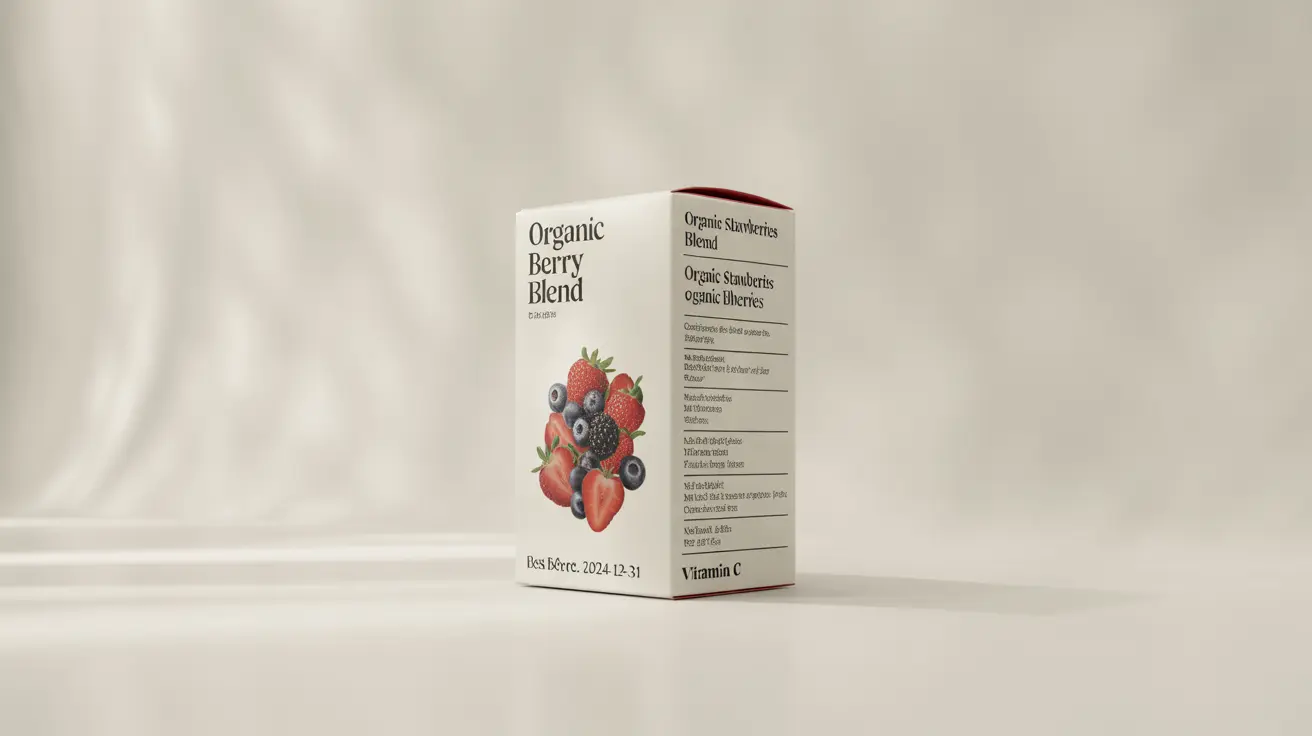Navigating food labels and understanding ingredients can feel like decoding a complex puzzle. With countless additives, preservatives, and scientific-sounding terms, it's crucial to know what we're putting into our bodies. This comprehensive guide will help you make informed decisions about the ingredients in your food.
The Basics of Food Label Reading
Food labels follow specific guidelines that require ingredients to be listed in descending order by weight. This means the first few ingredients make up the majority of the product. Understanding this fundamental principle is your first step toward making healthier food choices.
Common Food Additives Explained
Emulsifiers and Thickeners
These ingredients help maintain food texture and prevent separation. Common examples include lecithin, carrageenan, and xanthan gum. While most are considered safe, some people may be sensitive to certain thickeners.
Preservatives
These ingredients extend shelf life by preventing spoilage. Common preservatives include ascorbic acid (Vitamin C), citric acid, and sodium benzoate. While necessary for food safety, some preservatives warrant closer attention.
Acidity Regulators
These ingredients control the pH levels in food products. Common examples include citric acid, lactic acid, and sodium citrate. They play a crucial role in both food safety and flavor enhancement.
Identifying Beneficial Ingredients
When scanning labels, look for nutrient-rich ingredients such as whole grains, nuts, seeds, and natural sweeteners. These ingredients often indicate a more wholesome product:
- Whole grain flour
- Seeds (chia, flax, hemp)
- Natural sweeteners (honey, maple syrup)
- Plant-based proteins
- Healthy oils (olive, avocado)
Red Flag Ingredients to Watch
Some ingredients have raised health concerns and may be worth avoiding or limiting:
- High fructose corn syrup
- Artificial colors and flavors
- BHA and BHT
- Partially hydrogenated oils
- Artificial sweeteners
Reading Labels Strategically
Develop a systematic approach to label reading by first checking the ingredient list length. Generally, shorter lists indicate less processed foods. Pay special attention to the first three ingredients, as they make up the majority of the product.
Frequently Asked Questions
What do common food ingredient terms like emulsifiers, thickeners, and acidity regulators mean on labels? Emulsifiers help mix ingredients that normally don't combine (like oil and water), thickeners add texture and body to foods, and acidity regulators control pH levels for safety and taste. These ingredients are commonly used to maintain food quality and consistency.
How can I identify which food additives are considered safe or potentially harmful? Check trusted sources like the FDA's Generally Recognized as Safe (GRAS) list. Additionally, research specific ingredients through reputable health organizations. When in doubt, choose products with recognizable, whole-food ingredients.
What are some nutrient-rich ingredients to look for when reading food labels? Look for whole grains, legumes, nuts, seeds, fruits, vegetables, and healthy oils. These ingredients provide essential nutrients, fiber, and healthy fats. Avoid products where sugar or refined grains are listed as primary ingredients.
Why are some ingredients such as BPA, BHA, and high fructose corn syrup flagged as concerns? These ingredients have been linked to various health concerns. BPA may disrupt hormones, BHA has potential carcinogenic properties, and high fructose corn syrup has been associated with obesity and metabolic issues.
How are ingredients listed on food packaging, and what does the order of ingredients indicate about the product? Ingredients are listed by weight in descending order. The first ingredients listed are present in the largest amounts. This helps consumers understand what makes up the majority of the product and make informed decisions about their purchases.
Understanding food ingredients empowers you to make healthier choices for yourself and your family. Remember that the best foods often have the simplest, most recognizable ingredients.




